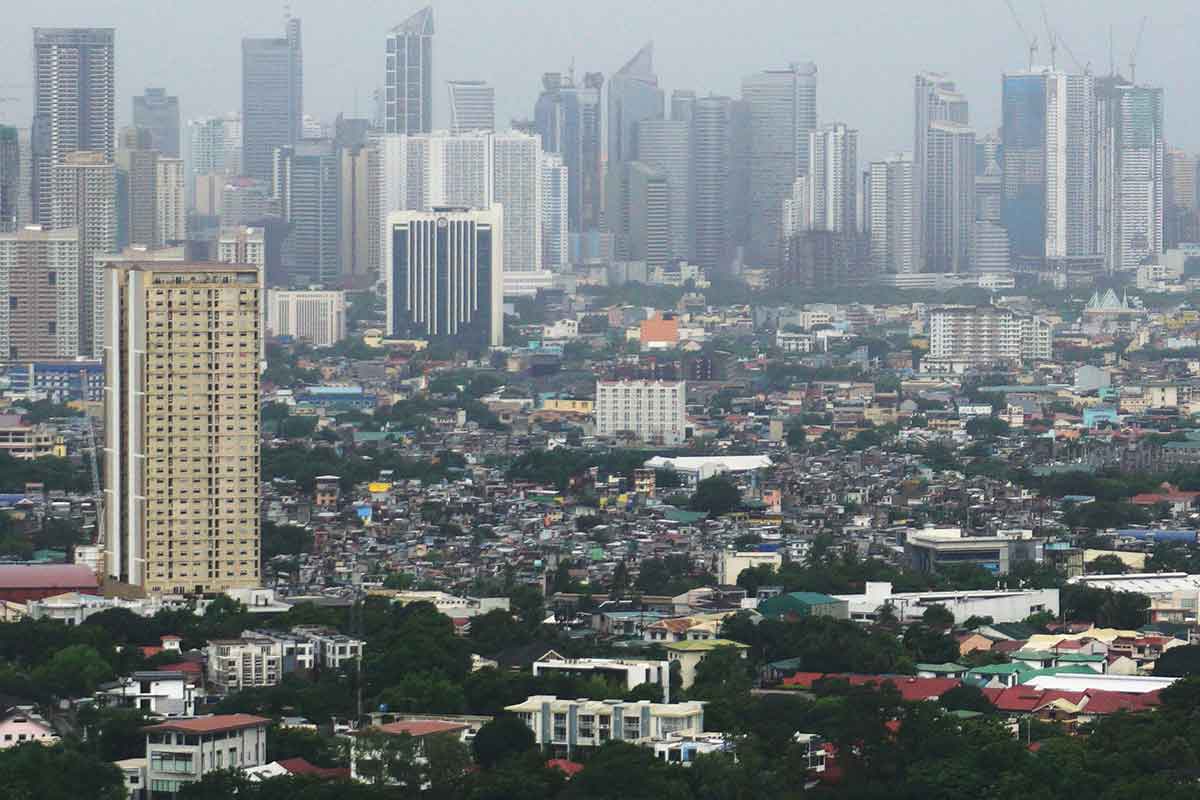Last year, economists predicted Southeast Asia would be blessed with a strong and vibrant 2018. For next year, they’re not quite so optimistic.
Moderating economic growth and higher interest rates lie ahead. The Federal Reserve is set to keep everyone on edge as it navigates an even trickier interest-rate path in 2019, while the trade war between the U.S. and China is already hurting exports in the region. The Philippines might eke out a small gain in growth in 2019, if their bets that inflation will diminish come to fruition.
“ASEAN growth and inflation look set to soften in 2019,” said Tamara Henderson at Bloomberg Economics. “Even so, a desire to attract investment inflows may require that the region’s central banks maintain a bias toward tightening – at least until a pause by the Federal Reserve comes into view or China’s stimulus starts to bear fruit.”
To top it off, elections in Thailand, Indonesia and the Philippines could rock the boat even more.
Here are the big economic themes for the region in 2019:
Global weakening
We’d like to see the good times roll, but most economists are seeing a further slowing of global growth in 2019, just as this year couldn’t beat the previous one. While economies like the Philippines and Vietnam remain outperformers, the slowdown probably will take its toll in Southeast Asia.
Especially due to China’s tight relationship with the region, demand that’s taken quite a hit in the world’s number two economy amid tariffs and structural changes will negatively affect the neighbourhood.
Trade slowdown
The domino effect of trade pain remains a high risk amid both the delayed impact of third-quarter tit-for-tat duties and the uncertain outlook of a fragile truce forged between the U.S. and China this month.
“Asia is going to face quite a few challenges in early 2019”, Rob Subbaraman, head of emerging markets economics and Asia ex-Japan fixed income research at Nomura Holdings, told reporters on 13 December. Especially for global trade, things will get worse before they get better, with the technology cycle finding a bottom in the first half of the year, Nomura analysts project.
Merchandise trade accounts for more than 200 percent of Singapore’s economy, and more than 100 percent of those of Vietnam, Malaysia, and Thailand.
Election uncertainties
Thailand is set finally to hold a vote 24 February after more than four years of military rule, and analysts are fretting over the potential of social unrest that could hurt tourism and investor sentiment.
Indonesia’s turn is in April – a rematch between President Joko Widodo and his rival Prabowo Subianto. The Philippines is set to hold midterm elections in May.
Following Fed
Central banks will struggle with the Fed’s evolving interest-rate path and act accordingly to protect their currencies and keep current accounts in check.
While Nomura analysts see a brighter second-half than the first, Selena Ling, an economist at Oversea-Chinese Banking in Singapore, conversely sees the challenges mounting as the year goes on. A big part of her regressive-outlook view is a rocky Fed transition amid further balance-sheet trimming and the potential for the central bank to move beyond neutral rates.
Inflation surprise?
Economists are seeing a quiet rise in inflation for much of Southeast Asia next year. Just the Philippines will be spared, according to Bloomberg surveys.
Central bankers in the Philippines just slashed their inflation forecasts, seeing a continued calm for oil prices and relief from legislation that eases rice import restrictions.
Could the diminished expectations expose some analysts to a shock in price growth that leaves some central bankers behind? It’s a risk worth watching, especially as the relatively low interest rates in much of the region have left the Philippines with a negative real rate, and Thailand’s close to zero. - Bloomberg
